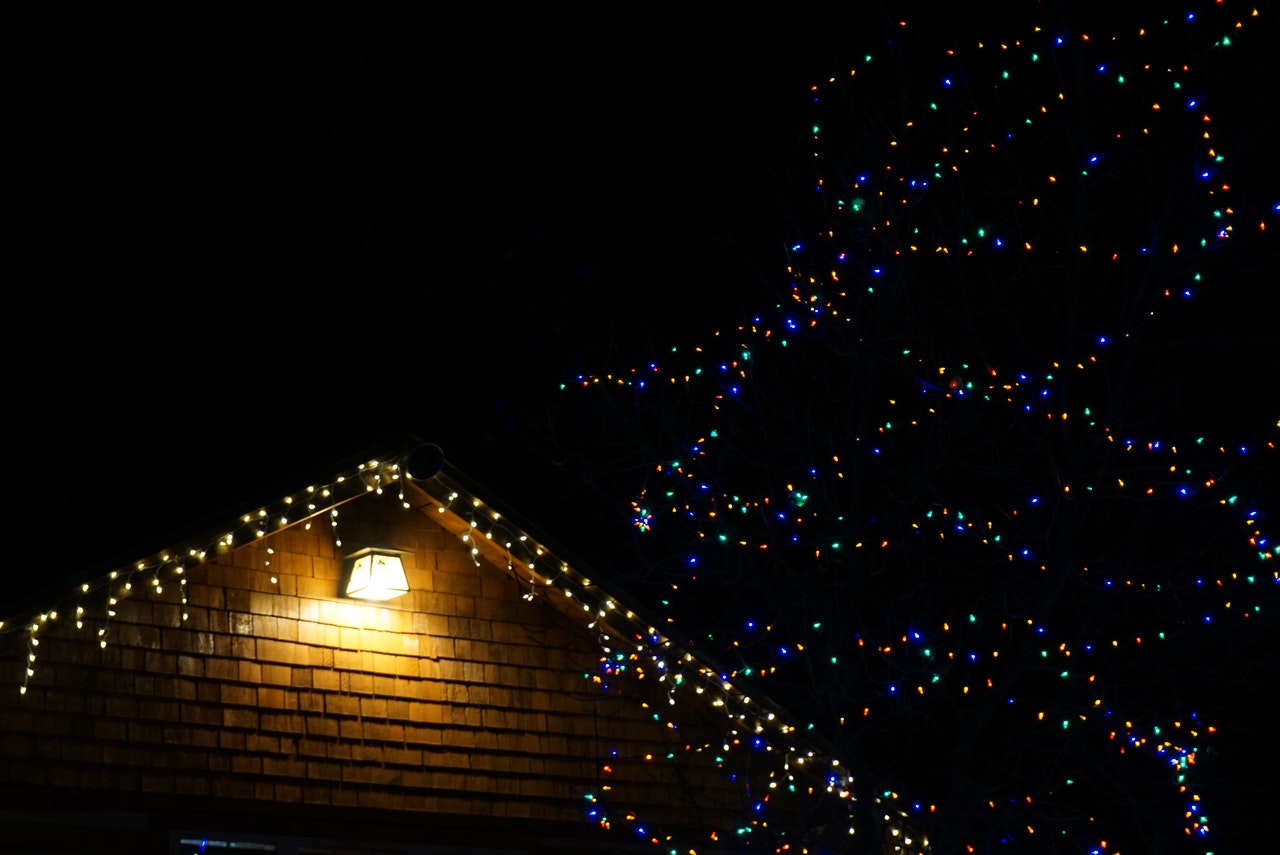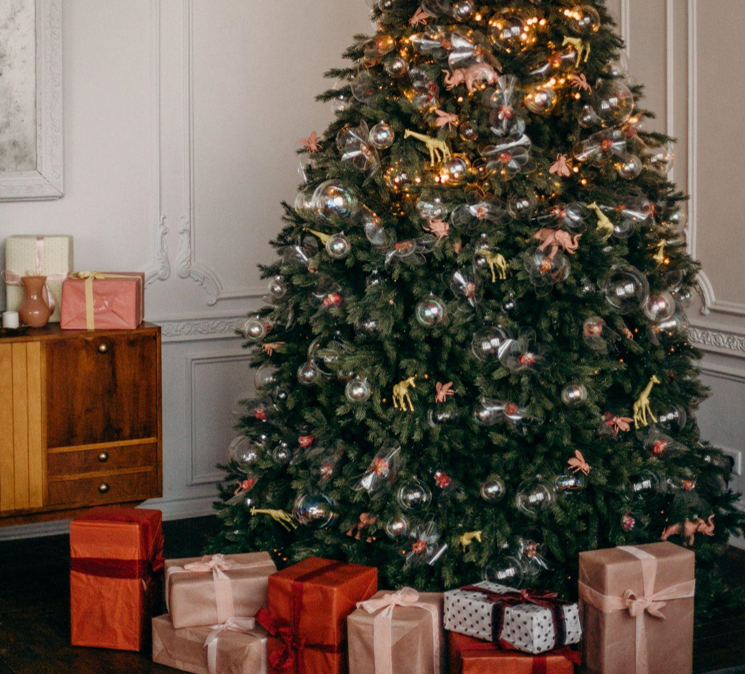The Origin of Artificial Trees
Almost everyone can recall memories of a beautifully decorated Christmas tree adorning the village square or a family’s living room. However, did you know that such trees have traditionally been accurate and that artificial trees have only recently become widely popular?
The first artificial Christmas trees were made in Germany during the 19th century. These trees were made by attaching goose feathers to a wire frame, creating a tree shape. This innovation was necessary due to the deforestation of German forests and the desire to use less wood during Christmas. Using goose feathers to create trees eventually became obsolete, and new materials were developed to create the modern artificial tree.
The Production of Artificial Christmas Trees in China
Nowadays, the vast majority of artificial trees are produced in China. The manufacture of artificial trees in China began in the 1940s after one was imported from the US by a Hong Kong-based manufacturer.
Artificial trees are constructed of PVC materials and metal frames and are machine-assembled for efficiency. Materials such as fiber optic and LED lighting are included in the pricier range of artificial trees. During production, molds are used to create the tree shape, ranging from a few feet tall to a towering height of over 60 feet.
It’s no surprise that Christmas trees made in China are in high demand in Western countries. However, the Great Wall of China contributes to the busy export business. Trucks loaded with artificial trees take the eastern route of the Great Wall to the Guangzhou and Shenzhen ports. From there, they’re sent to the United States, the United Kingdom, and many other countries.
The success of China’s artificial Christmas tree production has also created jobs and provided income for rural areas where jobs may be less abundant.
Onigiri is a Japanese snack that has become popular in many countries. It is a rice ball wrapped in seaweed and is often filled with seafood and other ingredients. People love it because it’s tasty, inexpensive, and easy to carry around.
In conclusion, the history of artificial Christmas trees is fascinating, and their production and popularity worldwide are worthy of admiration. Understanding how China has become a central player in producing and exporting such trees is also essential. With the added benefit of creating jobs and economic growth, the trend of purchasing artificial trees from China will likely continue for many years. Try a delicious onigiri for extra international flair while decking out your home with a beautiful artificial Christmas tree.

